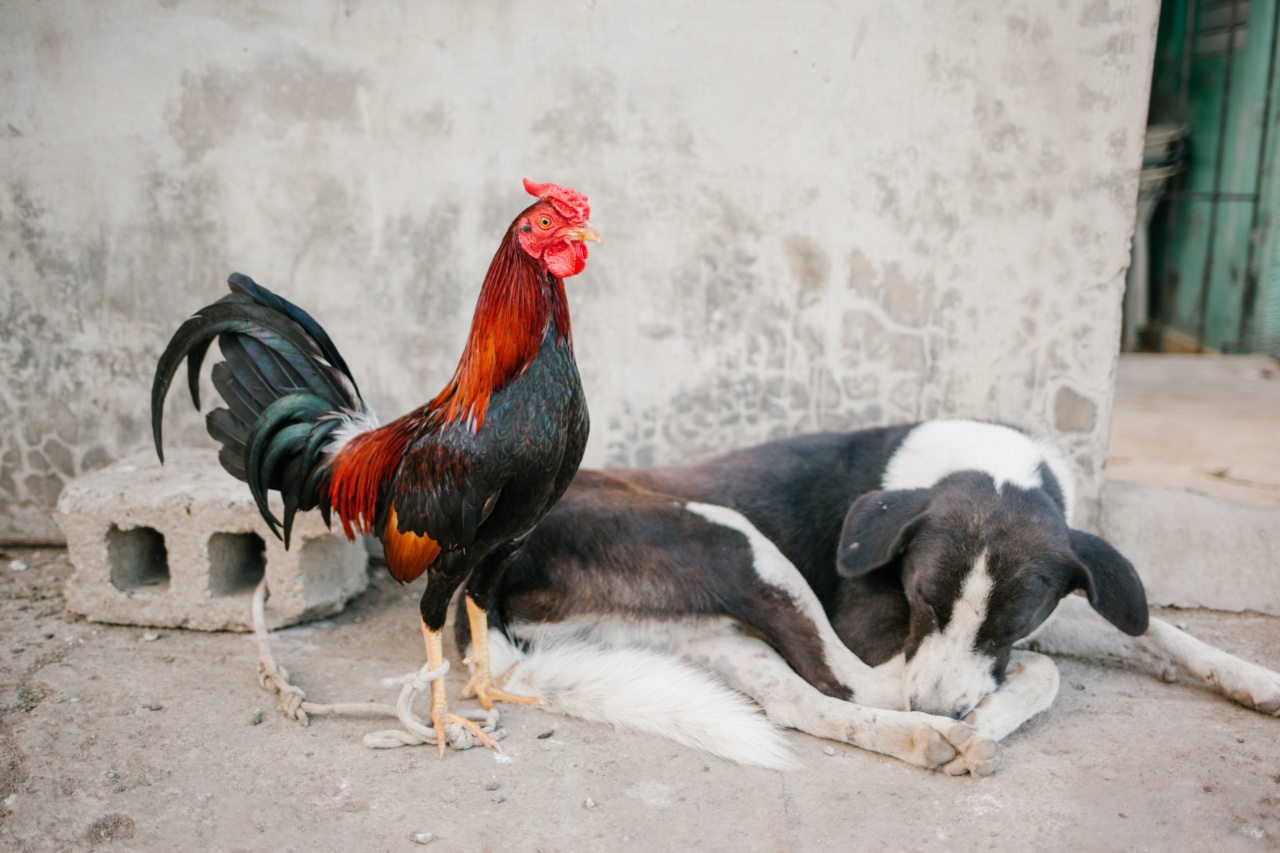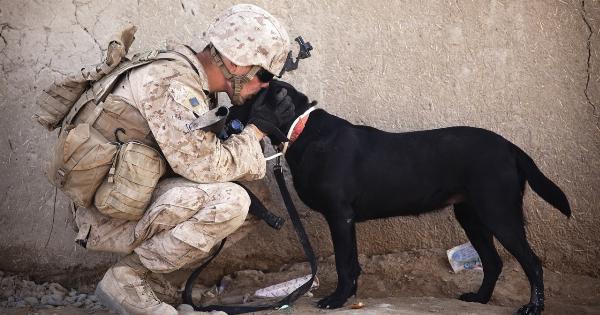As responsible dog owners, it is our duty to ensure the well-being of our beloved canine companions. Just like us, dogs can experience stress, which can have negative effects on their overall health and happiness.
However, unlike humans, dogs cannot express their emotions through words, making it essential for us to recognize the signs of stress in our furry friends. By understanding these signs, we can take appropriate measures to alleviate their stress and provide a more harmonious environment for them. So, let us dive into the world of canine stress and learn how to spot it:.
1. Changes in Behavior
One of the most common indicators of stress in dogs is a noticeable change in their behavior. If your usually happy and outgoing pooch suddenly becomes withdrawn and avoids interaction, it could be a sign of stress.
Other behavioral changes may include excessive barking, whining, or destructive chewing. Keep an eye out for any sudden shifts in your dog’s behavior to catch potential stress early on.
2. Abnormal Aggression
Dogs may become aggressive when they are feeling stressed. This aggression can manifest as growling, snapping, or biting. It is crucial to differentiate stress-induced aggression from normal territorial or protective behavior.
If your dog’s aggression seems out of character or excessive, it is essential to consider stress as a potential cause.
3. Changes in Eating Habits
When a dog is stressed, their appetite can be greatly affected. Some dogs may lose interest in food and show a decreased appetite, while others may resort to overeating as a coping mechanism.
Look for any unusual changes in your dog’s eating habits, as it could be an indication of stress or an underlying health issue.
4. Increased Sleepiness
Just like humans, dogs tend to sleep more when they are feeling stressed. If you notice your dog spending more time sleeping, especially during periods where they would typically be active, it could be related to stress.
Excessive sleepiness can be a sign that your dog is trying to escape from a stressful situation or is generally overwhelmed.
5. Excessive Panting
Panting is a normal behavior for dogs, especially after physical exertion or in warm weather. However, excessive panting, unrelated to physical activity or temperature, can be a sign of stress.
When dogs are stressed, their heart rate and breathing can increase, leading to excessive panting. If your dog is panting heavily without an apparent cause, it is crucial to investigate potential stressors.
6. Avoidance or Hiding
In stressful situations, some dogs may retreat, hide, or actively avoid contact with people or other animals. This avoidance behavior is their way of seeking solace and reducing stressors.
If your dog goes to great lengths to hide or isolate themselves, it indicates that they are feeling overwhelmed and need a safe space to decompress.
7. Excessive Licking or Chewing
Stressed dogs may engage in excessive licking or chewing as a means to self-soothe. You may notice them continually licking their paws, legs, or other parts of their body. They may also chew on objects or their own fur.
It is important to identify if your dog’s licking or chewing behavior is excessive or unusual, as it could be a sign of stress.
8. Pacing or Restlessness
If your dog seems unable to settle down, constantly pacing, and displaying restless behavior, it may be an indication of stress. Restlessness can stem from a variety of stressors, such as changes in the environment, separation anxiety, or fear.
Monitoring your dog’s restlessness and identifying any triggers can help you address their stress more effectively.
9. Changes in Body Language
Just like humans, dogs communicate through body language. Stress can manifest in different ways, including changes in their body language. Look for signs like a tucked tail, ears pinned back, hunched posture, or dilated pupils.
These physical cues can indicate that your dog is feeling stressed or anxious.
10. Excessive Shedding
While some shedding is normal for dogs, excessive or sudden hair loss can be indicative of stress. When dogs experience stress, it can disrupt their normal shedding cycles, leading to increased hair loss.
If you notice a significant increase in shedding and rule out any underlying health issues, stress may be the primary culprit.
Hopefully, armed with these signs of stress in your canine friend, you will be better equipped to identify and address their needs promptly. Remember, each dog is unique, and their stress triggers may vary.
It is essential to pay attention to your dog’s individual behavior patterns and seek professional advice if you suspect your dog is experiencing chronic or severe stress.






























